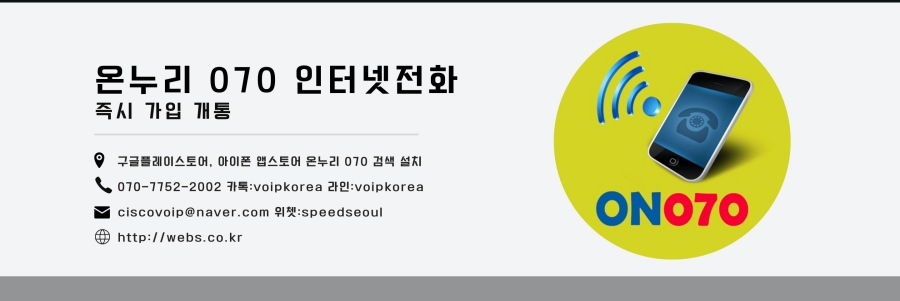
https://voipmagazine.wordpress.com/2014/12/05/strict-and-loose-routing-of-sip-sequential-requests/
http://www.opensips.org/html/docs/modules/1.11.x/rr.html#loose-route-id

1.5.1. loose_route()
The function performs routing of SIP requests which contain a route set. The name is a little bit confusing, as this function also routes requests which are in the “strict router” format.
This function is usually used to route in-dialog requests (like ACK, BYE, reINVITE). Nevertheless also out-of-dialog requests can have a “pre-loaded route set” and my be routed with loose_route. It also takes care of translating between strict-routers and loose-router.
The loose_route() function analyzes the Route headers in the requests. If there is no Route header, the function returns FALSE and routing should be done exclusivly via RURI. If a Route header is found, the function returns TRUE and behaves as described in section 16.12 of RFC 3261. The only exception is for requests with preload Route headers (intial requests, carrying a Route header): if there is only one Route header indicating the local proxy, then the Route header is removed and the function returns FALSE.
If there is a Route header but other parsing errors occur ( like parsing the TO header to get the TAG ), the function also returns FALSE.
Make sure your loose_routing function can't be used by attackers to bypass proxy authorization.
The loose_routing topic is very complex. See the RFC3261 for more details (grep for “route set” is a good starting point in this comprehensive RFC).
This function can be used from REQUEST_ROUTE.
Strict Routing of SIP Sequential Requests
Sequential requests within a dialog (like ACK, BYE, reINVITE) must take the path determined by record-routing and represented by Route set. In other words strict routing exactly follows the path represented by the Route set. Each strict router on the routing path, will route the SIP message as following: Rewrite the Request-URI with the topmost Route header field value and forward the message to the new Request URI. The Request-URI always contains the URI of the next hop. The next hop can be another SIP router or destination user agent. Strict Routing is legacy approach.
Loose Routing of SIP Sequential Requests
Sequential requests within a dialog should take the path determined by record-routing and represented by Route set. Loose routing of the sequential requests leaves the Request-URI and does not change it.
- The sequential request has “To-tag” (i.e. belongs to a dialog) whereas the initial request does not have “To-tag” (does not belong to any dialog). The initial request (Method: INVITE, or SUBSCRIBE) creates the dialog.
- The Request-URI of the sequential request contains the URI of the destination user agent (username@FQDN/IP) whereas the initial request has AOR (username@proxyDomain).
- Taking a simple case where all routers on the routing path are loose routers and the user agents support loose routing (i.e. The user agent will not insert its URI (user@FQDN) in a Record-Route). According to this, we can say:
♣ The Request-URI of the sequential request will not be changed by any proxy at all because the one who is responsible for the resource associated with this Request-URI is the destination user agent. Whereas the Request-URI of the initial request will be changed once by the proxy which is responsible for the domain in the Request-URI.
♣ The last Route header field value will be for the last proxy in the routing path.
Upon this, the routing procedure will look like following:
The Pre-loaded Route header field values (Route Set in an initial SIP Request) should not be allowed for security reasons.
Note: Transition from strict routing to loose routing would break the compatibility with the older user agents. Avoiding this problem adds lot of overhead and causes problems.
Routing Path (Route Set) in SIP Message
Assume a set of loose proxies {P1 -> P2 -> P3}.
The Route set which will be included in the SIP sequential requests , will look like this:
Route: <sip:p1.domain.com;lr>,<sip:p2.domain.com;lr>,<sip:p3.domain.com;lr>
lr parameter is added to indicate that the router is a loose router. If the SIP router is strict, then the URI will not have the lr parameter.
In the strict routing,the Request-URI is overwritten so we keep the destination user agent (the contact address) in an additional Route header field value.
OpenSIPS Route Processing
In OpenSIPS, I would like to mention two important functions in “rr” module:
- The function loose_route() which used in routing SIP requests that contain Route Set. For example to route the sequential requests we call this function as following:
if (has_totag()){
…
loose_route()
…
# route it out to whatever destination was set by loose_route()
# in $du (destination URI).
route(relay);
}
If Route set is not empty the loose_route() returns TRUE and the destination uri ($du) is set to the first Route header field value.
- The function record_route() which used for building the routing path by adding Record-Route header field value upon passing each proxy in a way the initial request follows to reach the destination user agent.




